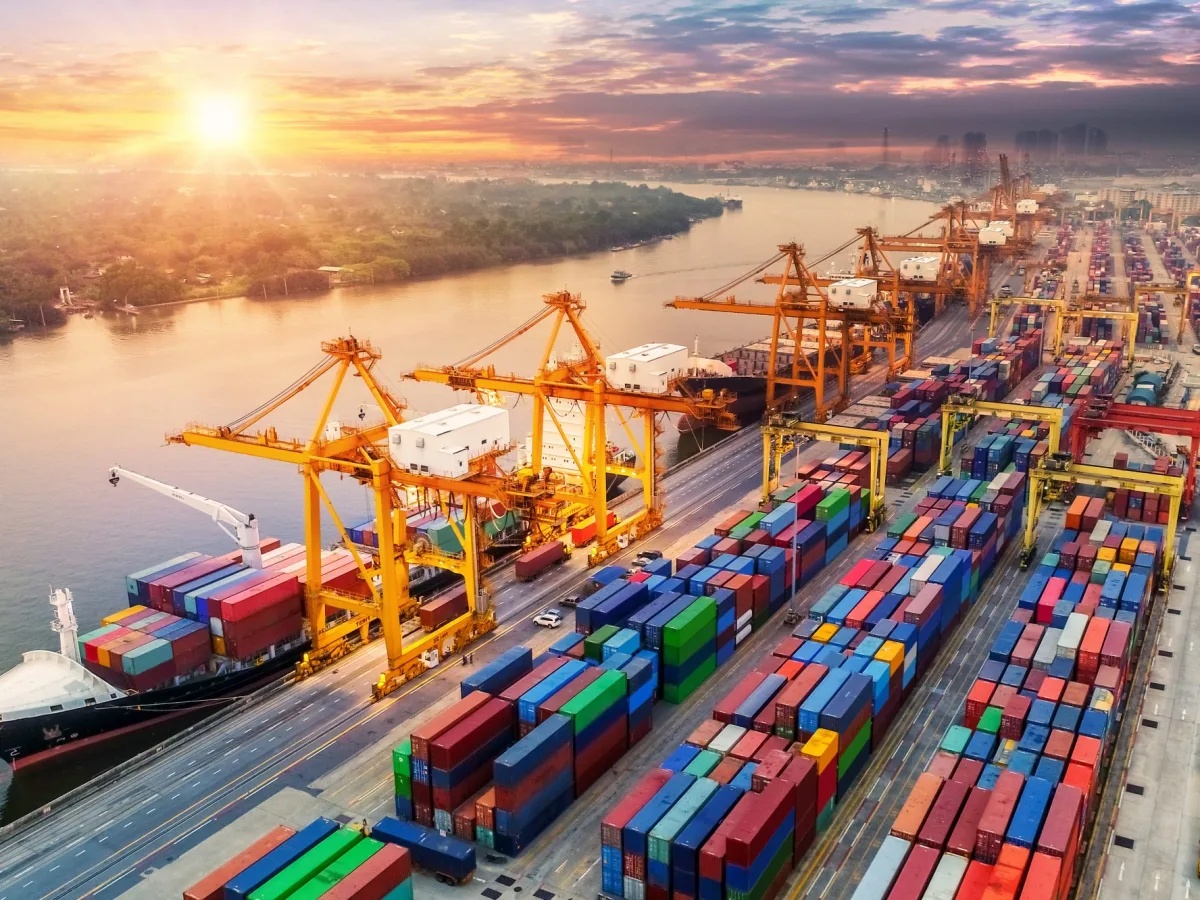
Stop wasting time
Share:
- Click to share on Facebook (Opens in new window)
- Click to share on LinkedIn (Opens in new window)
- Click to share on Twitter (Opens in new window)
- Click to share on Pinterest (Opens in new window)
- Click to share on Pocket (Opens in new window)
- Click to share on Tumblr (Opens in new window)
- Click to share on Telegram (Opens in new window)
- Click to share on Reddit (Opens in new window)
- Click to share on WhatsApp (Opens in new window)
- Click to email a link to a friend (Opens in new window)
- Click to print (Opens in new window)



Not a disadvantage necessarily, but in my opinion the question of what a marine protected area actually protects against is worth asking.
In at least three state government managed marine parks in South Australia, industrial activities have been allowed to expand within their boundaries, each with known pollution problems. These include discharges of liquid and solid wastes, seabed disturbance and acoustic pollution.
The activities I’m refering to are specifically iron ore transport and ship-loading (facilitated within Franklin Harbor and Upper Spencer Gulf marine parks) and the establishment last year of an aquaculture pilot lease within a Habitat Protection Zone in the Encounter Marine Park.
I’d like to see these parks take a more holistic approach to protecting habitats from activities other than fishing.
LikeLike
Agree with holistic approach. Bigger, well managed, long term, fully protected sanctuaries do work in medium to longer term to enormously improve biodiversity and biomass…lots of science behind that. And it produces fish for all ultimately…rec fishers, commercial fishers but biggest plus is overall biodiversity improvements. Some opponents of marine parks say the MAIN need is pollution control. You have pointed out a case study where you clearly need both…not one or the other.
LikeLike
very good
LikeLike